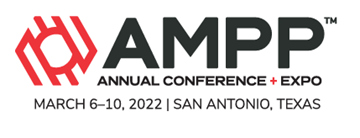Search
Online Conference Paper
View as
Sort by
Display
per page
Why Voltage Matters For High Voltage Holiday Testing On Steel
Product Number:
51322-17662-SG
Publication Date:
2022
$20.00
Wide range of buffering capasity of HLP solution for long term HIC testing under mildly sour condition
Product Number:
51322-18078-SG
Publication Date:
2022
$20.00
Wireless UT Sensors For Structural Health Monitoring & Remote Operations In A Post COVID19 World
Product Number:
51322-17523-SG
Publication Date:
2022
$20.00
Wireline Cable: Corrosion of Galvanized Armor Wires in Aqueous Drilling Fluids
Product Number:
51324-20674-SG
Publication Date:
2024
$40.00
Wonderful World of Solid Particle Erosion and Challenges in Erosion Testing and Modeling
Product Number:
51323-19003-SG
Publication Date:
2023
$20.00
Yeah, Examining the Impact of Overprotection on AC Corrosion: A Case Study Investigation
Product Number:
51324-20877-SG
Publication Date:
2024
$40.00
Zinc Sulfide Solubility Modeling In Aqueous Solution At High Temperature And High Pressure
Product Number:
51322-17763-SG
Publication Date:
2022
$20.00
Zr(Fe,Cr)2 Precipitate Amorphization and Iron Redistribution in Zircaloy-4 Using a Two-Step Proton Irradiation
Product Number:
ED22-17211-SG
Publication Date:
2022
$20.00








